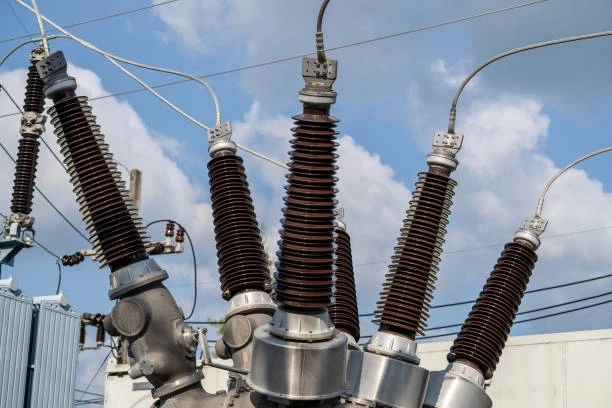Economics of the Capacitor Bank
Electrical power systems use capacitor banks to increase power factors and control voltage. The cost of the equipment, the cost of electricity lost owing to inadequate power factor, and the cost of forgoing investment in distribution infrastructure are only a few of the variables that affect the economics of capacitor banks. By decreasing energy losses, improving the capacity of existing equipment, and lowering the need for additional investment in distribution infrastructure, a well-designed capacitor bank can pay for itself in a relatively short amount of time. A capacitor bank's cost-effectiveness is also influenced by things like the size of the installation, maintenance expenses, and local electricity rates.
The efficiency of Capacitor Banks
By enhancing the power factor, capacitor banks can boost the energy efficiency of an electrical power system. The power factor, which is a ratio of the actual power used for work to the apparent power supplied to the system, is a gauge of how efficiently electrical power is being used. Increased energy losses and increased electricity prices may be the results of a low power factor.
The system's reactive power requirement can be decreased by adding a capacitor bank, which also increases the power factor and lowers energy losses. Electricity is used more effectively as a result, and energy costs are reduced. A capacitor bank can boost the capacity of existing equipment, lessen the strain on motors and generators, and extend the lifespan of electrical equipment in addition to conserving energy.
A capacitor bank can help an electrical power system become more energy efficient overall, which will save energy costs and increase system reliability.
Applications for Capacitor Banks
In many different electrical power systems, capacitor banks are employed for a variety of reasons, such as:
Power factor correction: By supplying the system with reactive power, capacitor banks are utilized to enhance the power factor. As a result, the system operates more effectively and loses less energy.Voltage regulation: To control voltage levels in electrical distribution networks, capacitor banks are employed. By doing so, the voltage drop is decreased, system stability is increased, and power outages are avoided.Harmonic filtering: In a power system, harmonic frequencies produced by non-linear loads can be filtered out using capacitor banks.Motor starting: When a motor is beginning, capacitor banks can be utilized to temporarily raise voltage, lowering the starting current and lowering stress on the motor and electrical system.Renewable energy systems: In wind and solar energy systems, capacitor banks are utilized to store excess energy for later use.These are just a handful of the numerous uses that capacitor banks can be put to in electrical power systems. A capacitor bank's specific use depends on the power system's needs and the desired result.
Testing of Capacitor Banks
A crucial step in guaranteeing the proper operation and dependability of a capacitor bank is capacitor bank testing. Before they affect the electrical power system, testing can assist in finding any problems with the capacitor bank, such as damaged parts or wrong settings. The following are a few typical examinations carried out on capacitor banks:
Dielectric testing: To make sure the capacitor bank's components are working properly, this test evaluates their insulating resistance.Power factor testing: This test evaluates the system's power factor both with and without the capacitor bank to see whether it has an impact on the power factor.Harmonic testing: The system's harmonic frequency levels are measured during this test to make sure the capacitor bank is working properly and filtering out hazardous harmonics.Switching tests: This test ensures that the switchgear controlling the capacitor bank is reliable and capable of securely cutting the bank off from the system.Temperature testing: This test measures the increase in temperature of the capacitor bank's component parts to make sure they are not overheating and are within acceptable ranges.A competent electrical engineer or technician usually conducts these tests with the use of specialized machinery. The frequency of testing is influenced by things including the capacitor bank's age, the environment it operates in, and the manufacturer's recommendations. Regular testing lowers the possibility of failure and power outages in the electrical power system and helps to guarantee that the capacitor bank continues to operate efficiently. Keep reading.


